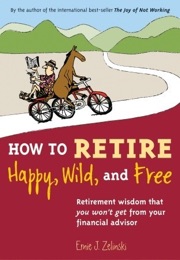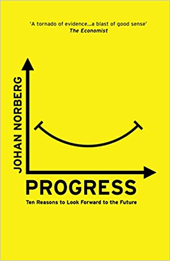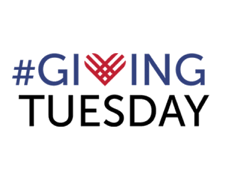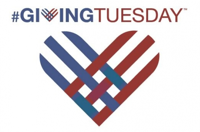 This is a reminder that AirBnB has a special disaster relief program that helps connect those in need of temporary housing with generous hosts that are willing to open their homes free of charge to evacuees or relief workers. You can open your current Airbnb listing or sign up as a new host with a spare bedroom. I believe Airbnb is waiving all fees through at least November 29th for those affected by both the Northern and Southern California wildfires.
This is a reminder that AirBnB has a special disaster relief program that helps connect those in need of temporary housing with generous hosts that are willing to open their homes free of charge to evacuees or relief workers. You can open your current Airbnb listing or sign up as a new host with a spare bedroom. I believe Airbnb is waiving all fees through at least November 29th for those affected by both the Northern and Southern California wildfires.
All new Airbnb users can get $40 off their first stay of $75+ via referral link.
Buzzfeed News has some other ways that you can help.


 Johan Norberg wrote Progress: Ten Reasons to Look Forward to the Future, which was a 2017 Book of the Year for The Economist and the Observer. I haven’t read it, but it seems like a well-researched book with hard evidence on why we should be more optimistic.
Johan Norberg wrote Progress: Ten Reasons to Look Forward to the Future, which was a 2017 Book of the Year for The Economist and the Observer. I haven’t read it, but it seems like a well-researched book with hard evidence on why we should be more optimistic. Tuesday, November 28th is Giving Tuesday 2017. Black Friday, Cyber Monday… don’t forget that this time of the year is also huge for charities. I’ve saw a stat that 40% of donations occur in the last six weeks of the year. Here are some ways you can make your donation go farther with a match.
Tuesday, November 28th is Giving Tuesday 2017. Black Friday, Cyber Monday… don’t forget that this time of the year is also huge for charities. I’ve saw a stat that 40% of donations occur in the last six weeks of the year. Here are some ways you can make your donation go farther with a match.
 We’ve all heard of the power of compound interest. We’ve all heard of Benjamin Franklin. But have you heard of the story where Ben Franklin let his money compound quietly for 200 years? Here’s an excerpt from the book
We’ve all heard of the power of compound interest. We’ve all heard of Benjamin Franklin. But have you heard of the story where Ben Franklin let his money compound quietly for 200 years? Here’s an excerpt from the book  If you celebrate Christmas, you may have seen this quote about keeping with true values behind the holiday:
If you celebrate Christmas, you may have seen this quote about keeping with true values behind the holiday: 


 Breakfast
Breakfast The Best Credit Card Bonus Offers – October 2024
The Best Credit Card Bonus Offers – October 2024 Big List of Free Stocks from Brokerage Apps
Big List of Free Stocks from Brokerage Apps Best Interest Rates on Cash - October 2024
Best Interest Rates on Cash - October 2024 Free Credit Scores x 3 + Free Credit Monitoring
Free Credit Scores x 3 + Free Credit Monitoring Best No Fee 0% APR Balance Transfer Offers
Best No Fee 0% APR Balance Transfer Offers Little-Known Cellular Data Plans That Can Save Big Money
Little-Known Cellular Data Plans That Can Save Big Money How To Haggle Your Cable or Direct TV Bill
How To Haggle Your Cable or Direct TV Bill Big List of Free Consumer Data Reports (Credit, Rent, Work)
Big List of Free Consumer Data Reports (Credit, Rent, Work)